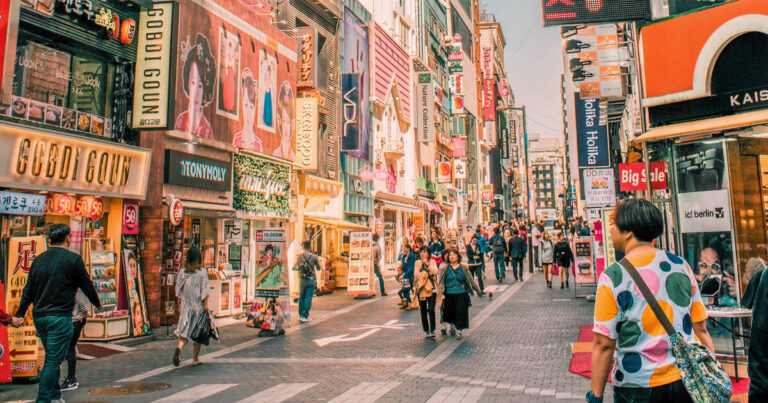Seoul, the vibrant metropolis of South Korea, is a city that pulsates with energy and charm. But even the most dazzling diamonds have their dull sides, and Seoul is no exception. So, before you pack your kimchi and hanbok, let’s peel back the layers and uncover the worst times to visit Seoul in 2024, ensuring your trip is a K-drama of epic proportions, not a travel horror story.
1. Sauna Season: Seoul in Summer (July-August)
Imagine stepping into a sauna, then getting pelted with rain. That’s basically Seoul in July and August. Yes, the city looks stunning with vibrant summer festivals and blooming flowers, but the oppressive heat and humidity can turn even the most seasoned traveler into a puddle of sweat. Temperatures soar to 35°C (95°F), and the monsoon unleashes its fury, transforming streets into rivers and umbrellas into flimsy shields. Forget exploring palaces or hiking mountains; you’ll be desperately searching for the nearest air-conditioned haven.
2. Tourist Tsunami: Golden Week (Early May)
Picture this: you’re at Gyeongbokgung Palace, eager to snap a photo, but you’re surrounded by a sea of selfie sticks and booming tour group chatter. That’s Golden Week, a period of consecutive national holidays in Korea that sends the tourist numbers soaring. While the festive atmosphere is undeniable, it comes at the cost of long queues, packed attractions, and skyrocketing prices. Unless you thrive in crowds and enjoy waiting in line for kimchi pancakes, steer clear of Golden Week.
3. The Great Freeze: Seoul in Winter (December-February)
While winter in Seoul can be magical with snow-dusted mountains and twinkling Christmas lights, it can also be bitterly cold and bone-chilling. Temperatures plummet below zero, and frosty winds whip through the streets. Exploring outdoor markets becomes a numb adventure, and even the allure of hotteok (sweet cinnamon pancakes) loses its appeal when your fingers are popsicles. If you’re not a winter warrior, consider alternative travel dates for a more comfortable Korean experience.
4. Lunar New Year Blues (Late January-Early February)
Traditions are wonderful, but imagine navigating a city on lockdown. During Lunar New Year, many shops and restaurants close, and public transportation sees a significant reduction in service. While experiencing traditional Korean New Year festivities can be fascinating, it also means limited options for dining, sightseeing, and entertainment. If you’re not keen on navigating a quieter Seoul, avoid this period.
5. Budget Breaker: Chuseok (Mid-September)
Chuseok, the Korean Thanksgiving, is a beautiful time of year with family gatherings and delicious mooncakes. However, it’s also a peak travel season for Koreans, driving up flight prices and accommodation costs. If you’re on a tight budget, Chuseok might not be the best time to visit. Consider shoulder seasons like April-May or September-October for more affordable travel experiences.
Bonus Tip: Rainy Daze (June and July)
While not as intense as the monsoon season, June and July can still experience frequent downpours. Pack a raincoat and be prepared for flexible plans, as outdoor activities might get rainchecked.
Seoul in 2024 awaits, but by choosing the right time to visit, you can avoid the crowds, the chills, and the sizzling heat, ensuring your Korean adventure is a symphony of cultural delights, not a cacophony of travel woes.
